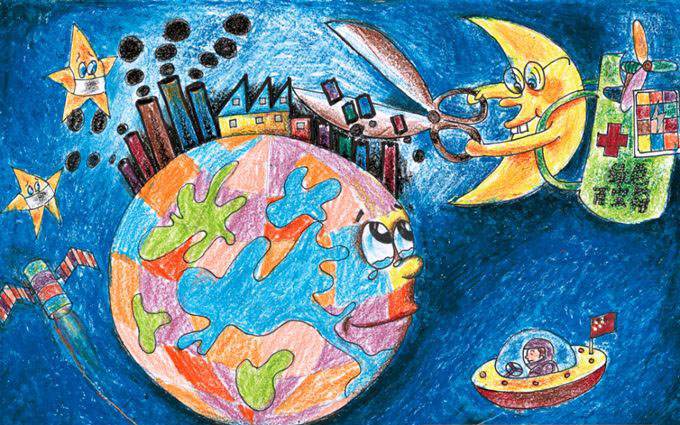(Oxygen itself is not combustible; it merely facilitates the combus tion of other things. This is just as well, for if oxygen were corn bustible, each time you lit a match all the air around you would bur into flame. Hydrogen gas, on the other hand, is extremely corn bustible, as the dirigible Hindenburg demonstrated on May 6, 1973 in Lakehurst, New Jersey, when its hydrogen fuel burst explosive) into flame, killing thirty-six people.) Odder still in combination are sodium, one of the most unstable of all elements, and chlorine, one of the most toxic. Drop a small lump of pure sodium into ordinary water and it will explode with enough force to kill. Chlorine is even more notoriously hazardous. Though useful in small concentrations for killing microorganisms (it's chlorine you smell in bleach), in larger volumes it is lethal. Chlorine was the element of choice for many of the poison gases of the First World War. And, as many a sore-eyed swimmer will attest, even in exceedingly dilute form the human body doesn't appreciate it. Yet put these two nasty elements together and what do you get? Sodium chloride—common table salt.

By and large, if an element doesn't naturally find its way into our systems—if it isn't soluble in water, say—we tend to be intolerant of it. Lead poisons us because we were never exposed to it until we began to fashion it into food vessels and pipes for plumbing. (Not incidentally, lead's symbol is Pb, for the Latin plumbum, the source word for our modern plumbing.)












